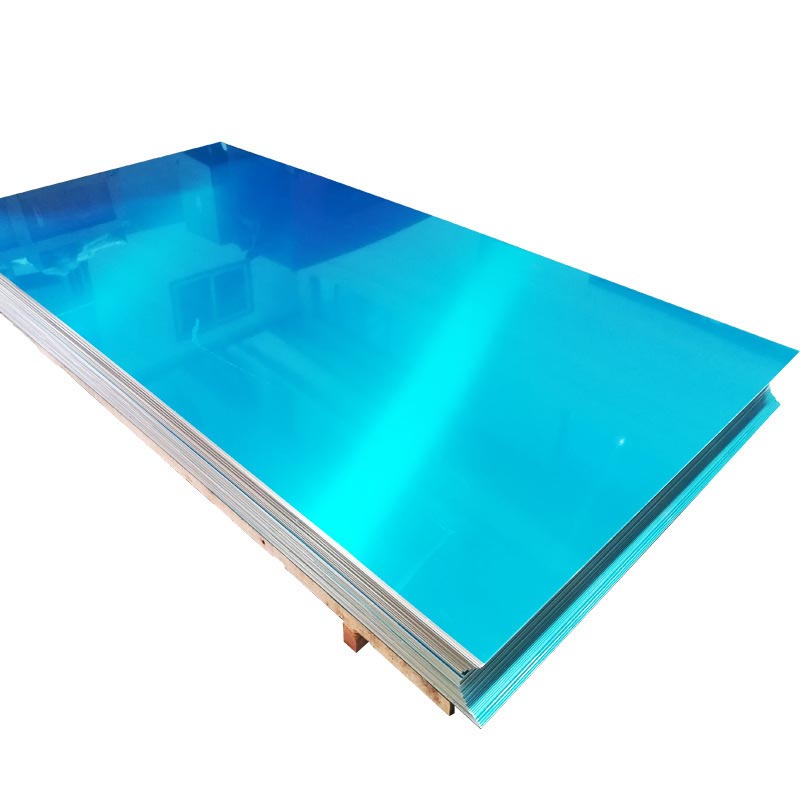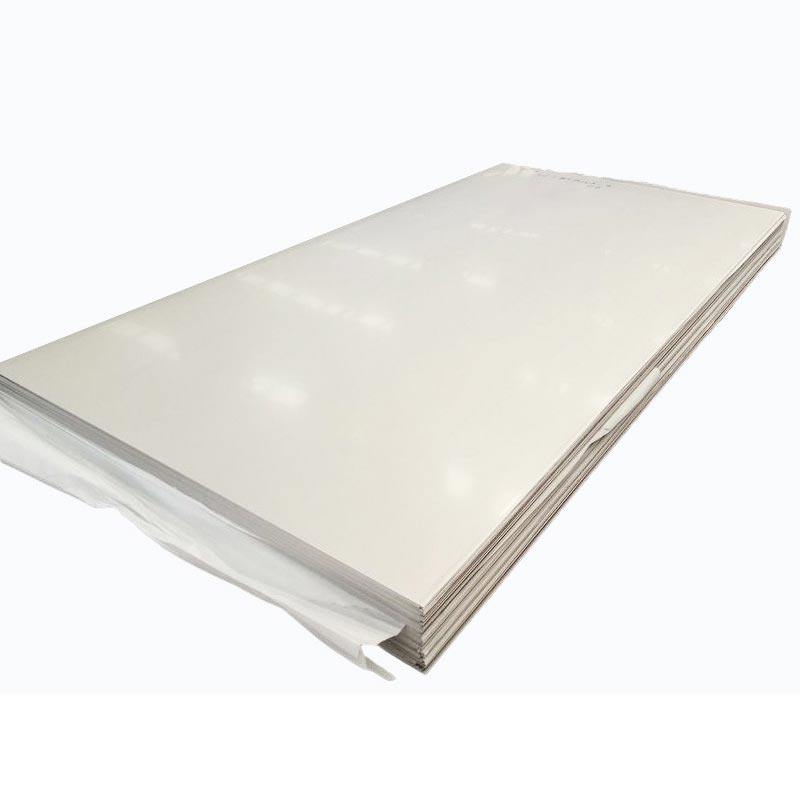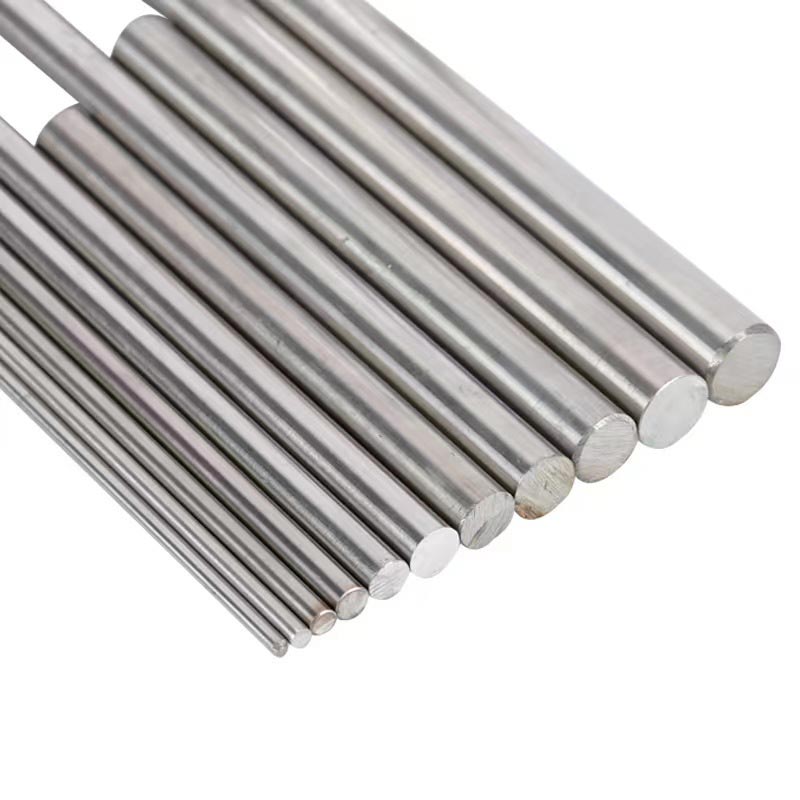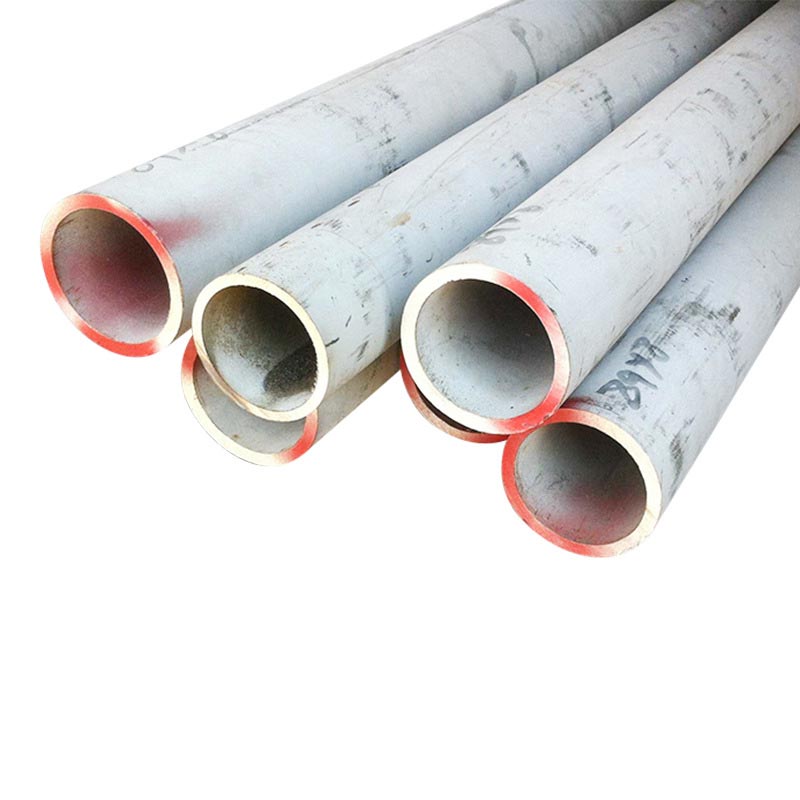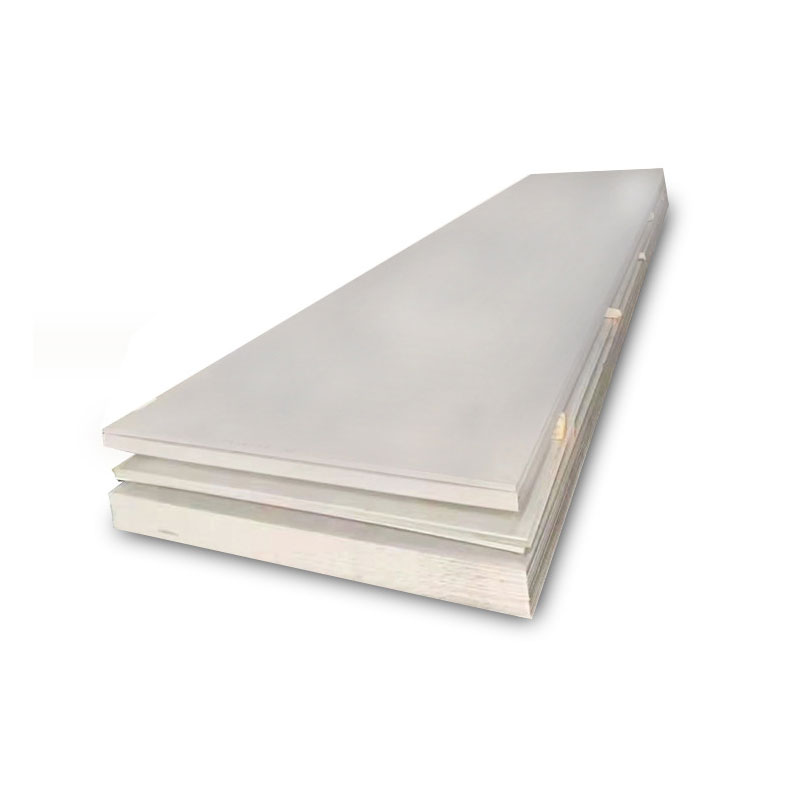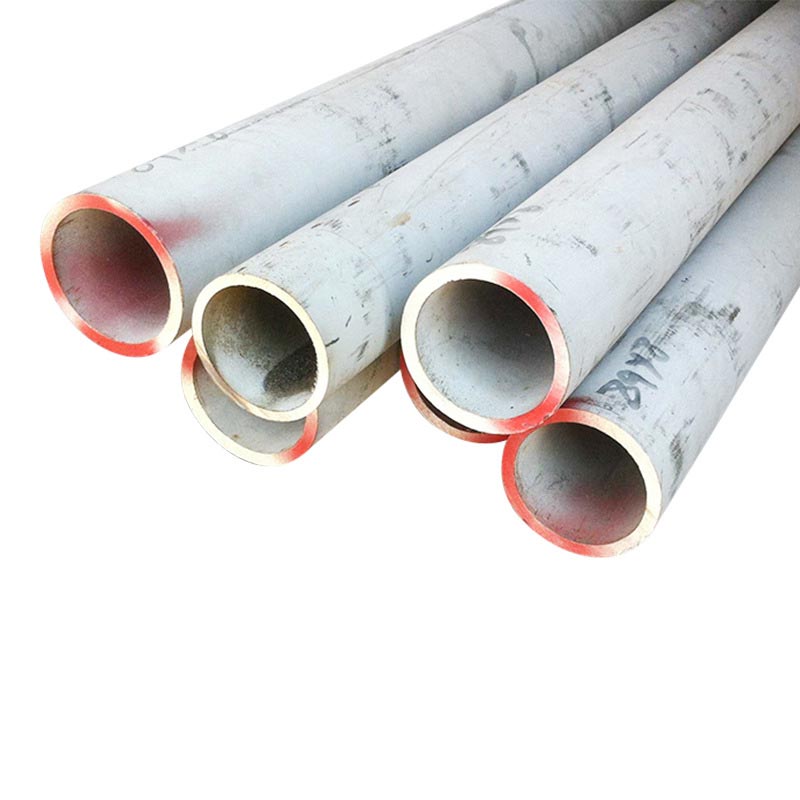Do you know several ways to grind carbon steel plates?
Carbon steel plates are widely used in many professional mechanical equipment and large structural parts in the manufacturing industry. For example, in the engineering, energy and mining machinery industries, many products use carbon steel plates with a thickness of 6-20 mm. Some of these steel plates are flat plates without hollows, while most are plates with a porosity of 30%. Their specifications and sizes vary depending on the product and purpose. After plasma cutting or oxygen cutting, these carbon steel plates will leave different degrees of flash, slag and burrs on the cut surface, which must be removed, otherwise it will affect the appearance and use of the finished product.

There are several main methods for grinding carbon steel plates
1. Traditional dry single-sided grinding scheme
This grinding method continuously grinds the carbon steel plate by setting multiple grinding heads on the top of the workbench. The grinding media used are basically cloth-based sanding belts and their modified grinding heads. However, this method not only has a high cost of consumables, but also wastes time and frequency in replacing consumables. Some workpieces need double-sided processing. If we adopt this single-sided grinding solution, after the single-sided grinding is completed, we need to flip the workpiece to complete the final processing requirements, which will greatly reduce the processing efficiency.
2. Dry double-sided processing technology
This grinding method is a production line processing. The carbon steel plate is clamped by several sets of upper and lower relative clamping rollers for grinding. This grinding method has many advantages, such as good processing effect, no residual slag and burrs, and very high processing efficiency, which greatly saves our working time.
- Why Does Tinplate Steel Win Real-World Packaging Projects Today?
- Surface Quality Inspection Methods and Precautions for 304 Stainless Steel Sheet
- What is the Manufacturing Process of Stainless Steel Tube?
- Welding Quality Measures for 304 Stainless Steel Seamless Tubes
- How to Choose the Stainless Steel Tube for Your Industrial Needs?
- Bright Annealing Conditions for 304 Stainless Steel Tube


